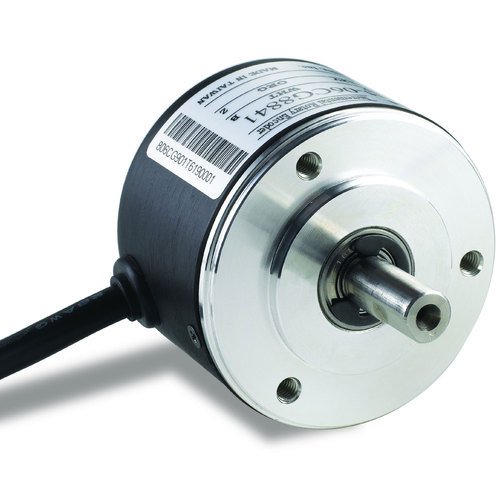What is Encoder? Usage Areas and Types

ENCODER TYPES AND WORKING PRINCIPLE
Encoders use different technologies to generate signals. These are magnetic, mechanical, resistant and optical. The most used is the optical one. In optical detection, the encoder provides feedback based on light interruption. According to the Connection Shapes of the Encoder Shaft; Hole Shaft Encoder and Shaft Encoder are two types. Signal detection is also two types, magnetic and optical detection. Absolute Encoder and Incremental Encoder for position determination.
Absolute encoder: When the encoder is powered, it determines the position by giving unlike outputs in the form of digital bit sequences relative to the rotating spindle. Even if the energy is cut, it will remain at its last position.
Incremental encoder: It is used for informing the location and counting operations by producing a continuous square signal for the rotating shaft. The difference of this type of encoders from absolute encoders is 0 as soon as they are energized; and it operates above this value. This type of encoders are used in industrial robots, CNC workbenches, antennas, medical devices, packaging machines, leather processing machines, bottling machines, etc.
What to Consider When Choosing Encoder
- Number of Pulses: The number of pulses produced per encoder must be learned
- Supply Voltage: 5VDC., 5-30VDC, 11-24VDC.etc.
- Output Voltage: There are encoders that give different output voltage than supply voltage. Therefore, the output voltage is important according to the device we will use.
- Amplitude of the Reference Output:
- Physical Properties Body Diameter / Body Length:
- Material: ABS, aluminum, steel etc. completely depending on the working ambient conditions.
- National? / Is the Hole National
- Connections (Wired / Socket):
- Socket / Cable Outlet Direction (Axial / Side Outlet):
- Socket Type / Cable Core Number and Length:
- Protection Class